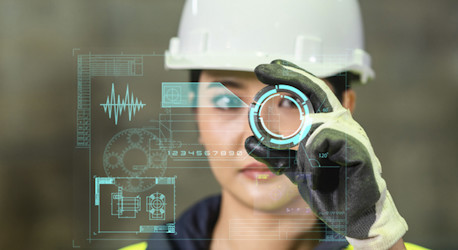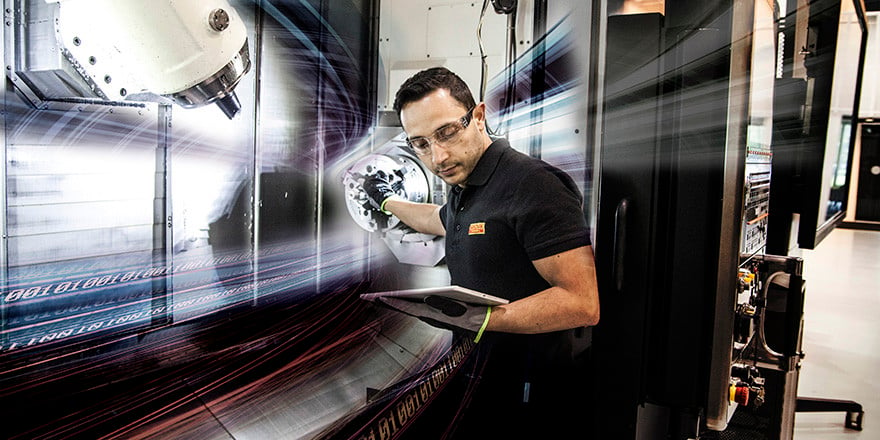Driving workplace health and safety underground

Driving Workplace Health and Safety Underground
Workplace health and safety is a topic that cannot be underestimated in its importance. Ensuring the well-being of employees is not just a moral obligation, but it also makes good business sense. Companies that prioritize workplace health and safety tend to have happier and more productive employees, which ultimately leads to better business outcomes. However, in recent times, there has been a shift in the way workplace health and safety is approached. Instead of it being a mere compliance requirement, it is now seen as a vital part of a company’s culture and identity. This shift has been so profound that it can be described as “driving workplace health and safety underground.”
In the past, workplace health and safety was often seen as a box to be ticked. Companies would implement the necessary safety measures and protocols to comply with regulations, but often, these efforts felt superficial. It was a matter of meeting the bare minimum requirements rather than genuinely caring for the well-being of employees.
However, in today’s world, driven by increased awareness and the advent of social media, companies are under more scrutiny than ever. Employees and customers alike are quick to call out any lapses in workplace health and safety. This has forced companies to take a more proactive and sincere approach to the issue.
So, how is workplace health and safety being driven underground? It’s happening through a shift in mindset. Instead of treating it as a checklist, companies are now embedding health and safety into their core values and mission statements. It’s no longer just about compliance; it’s about creating a culture of safety.
One way this shift is happening is through technology. Companies are increasingly using advanced software and data analytics to monitor workplace conditions in real-time. Sensors can detect everything from air quality to equipment malfunctions, allowing for immediate intervention when necessary. This not only prevents accidents but also shows employees that their safety is a top priority.
Furthermore, companies are investing in extensive training programs to educate employees about potential hazards and safe practices. This education doesn’t stop at the workplace; it extends to employees’ personal lives, promoting a holistic approach to safety.
Another aspect of driving workplace health and safety underground is the involvement of employees themselves. Many companies are now actively seeking input from their employees on safety matters. This collaborative approach empowers employees to take ownership of their safety and that of their colleagues.
Moreover, companies are recognizing the importance of mental health in the workplace. Stress and mental health issues can have a significant impact on an employee’s well-being, and forward-thinking companies are providing resources and support to address these issues.
In conclusion, workplace health and safety are no longer relegated to a mere compliance requirement. It has evolved into a fundamental aspect of a company’s culture and identity. Companies are driving workplace health and safety underground by embedding it into their values, utilizing advanced technology, involving employees, and addressing mental health. This shift not only benefits employees but also the companies themselves by fostering a safer, more productive, and ultimately more successful work environment.







